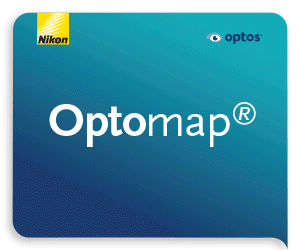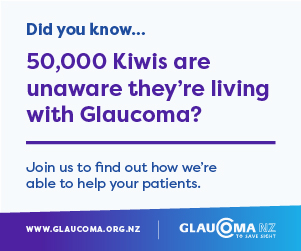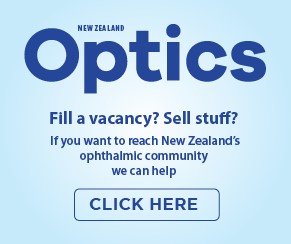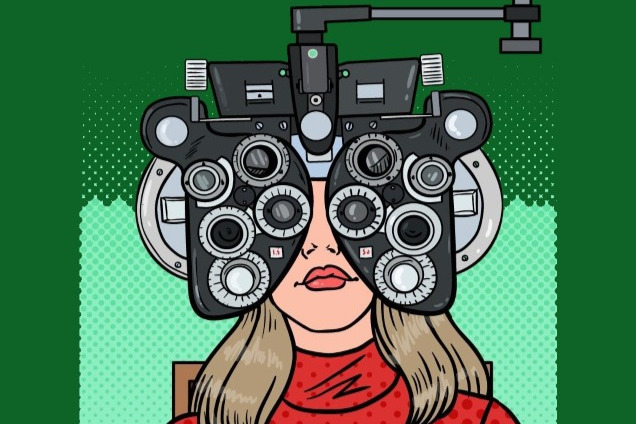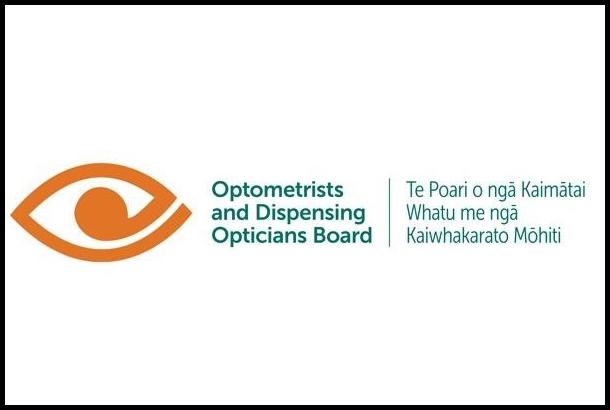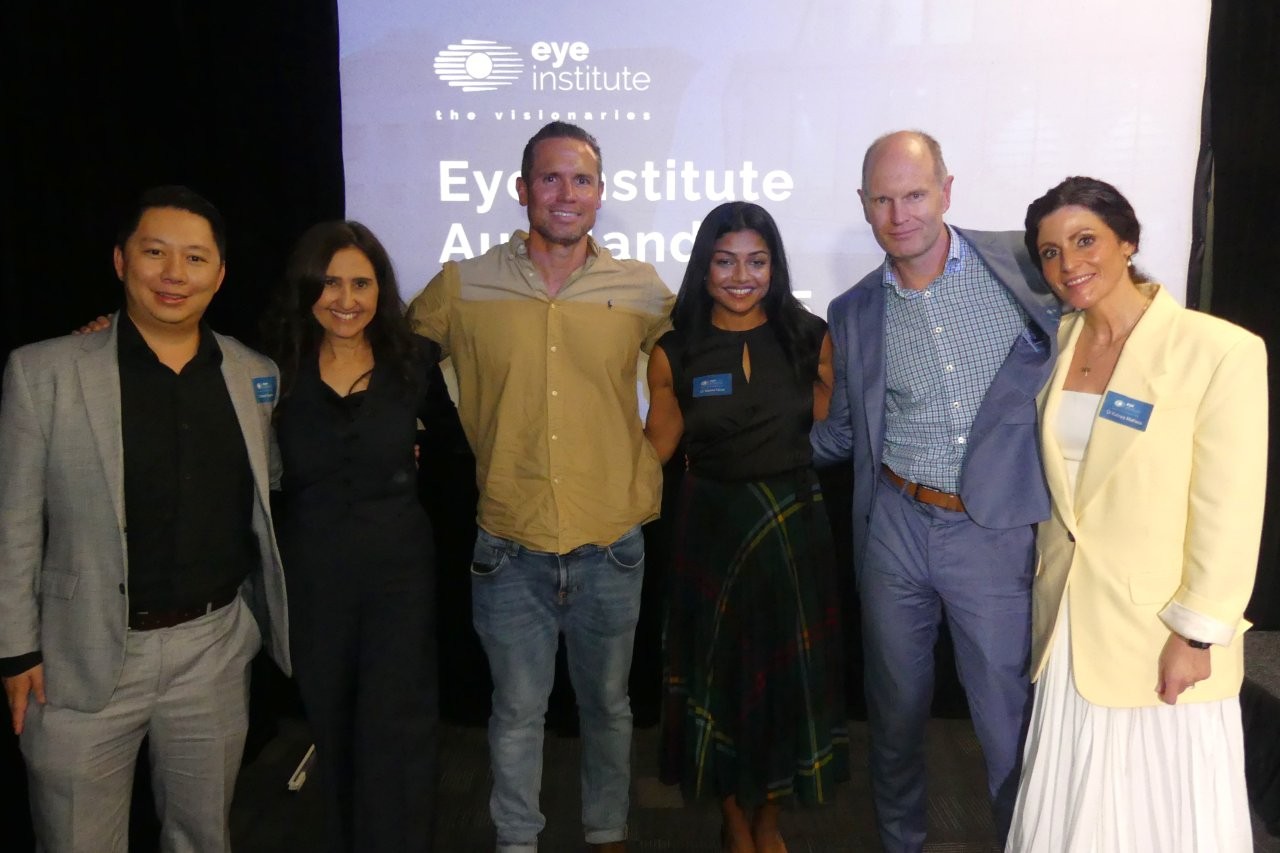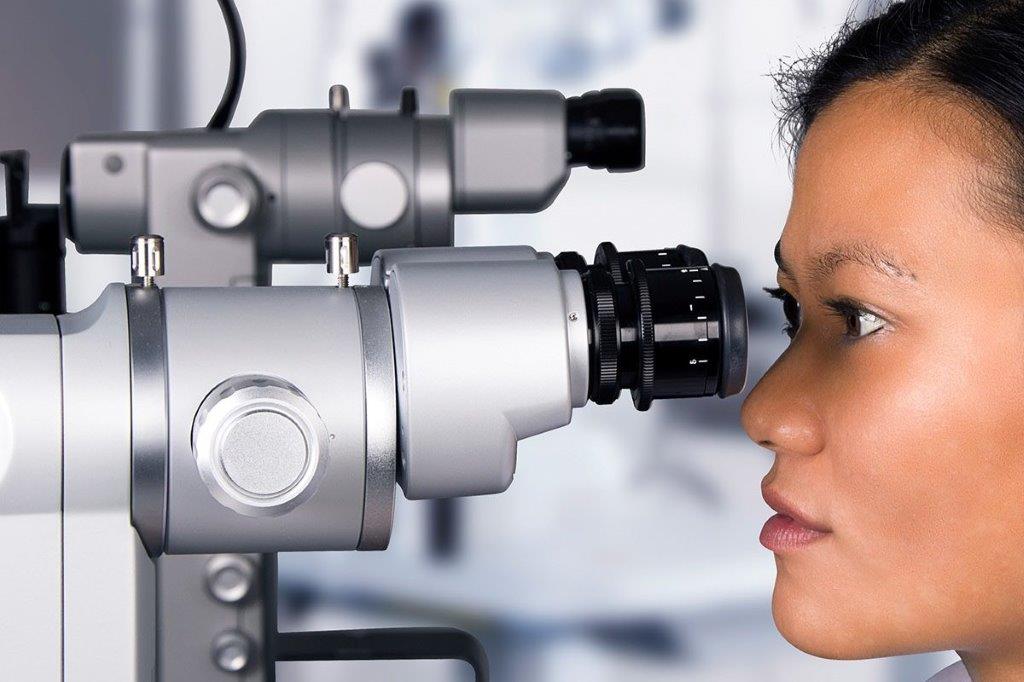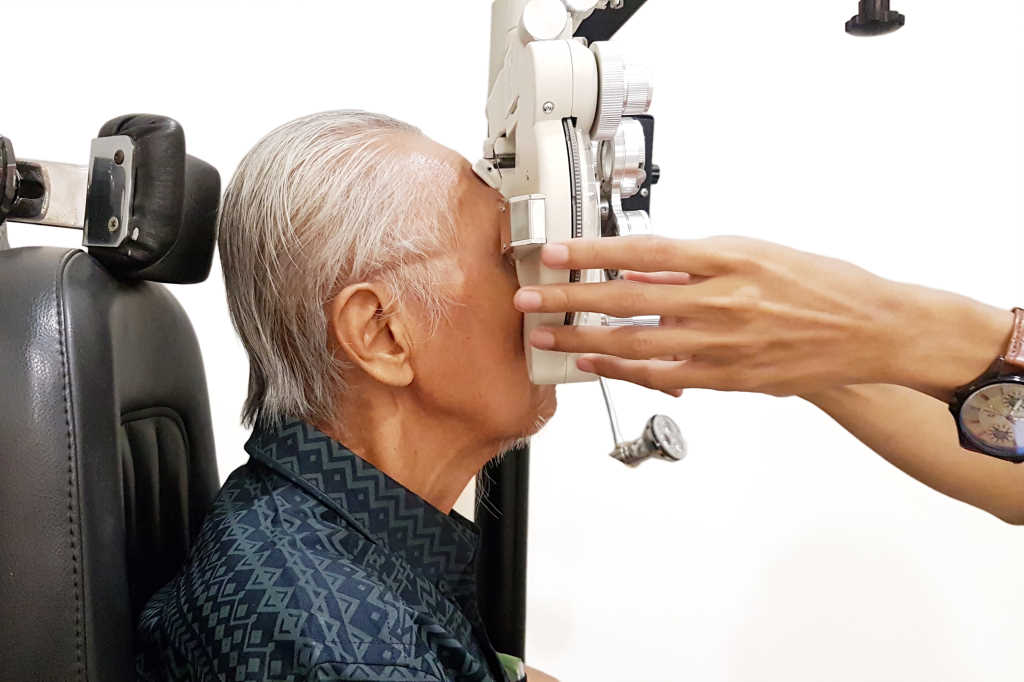Self-preservation masquerading as professional protection?
An analysis of how the Optometrists and Dispensing Opticians Board’s submission to Government reveals a fundamental disconnect between institutional interests and professional needs.
The New Zealand Government's recent consultation document, Putting Patients First: Modernising health workforce regulation1, presented a measured approach to reforming the current system of 18 separate regulatory authorities. Explicitly stating that "at this stage, we are not making firm proposals – our priority is hearing from New Zealanders first," the Government sought input on reforming health workforce regulation.
The Government's rationale is both economically sound and internationally informed. New Zealand operates 18 separate health-related professional regulators (see box) – more than comparable jurisdictions like the UK (which has nine) or Australia (15) – resulting in significant duplication of administrative functions. As the consultation document observes, "there are a lot of things done more than once that could be done jointly, which wastes time and money." The Government also identified a fundamental structural problem: "The smaller regulators can also struggle to make ends meet. Because each regulator is funded by fees from the profession it regulates, it's unrealistic to expect them to offer the same level of service separately."
|
New Zealand’s regulatory authorities
Currently New Zealand has 18 regulatory authorities regulating 26 different health-related professions:
Source: Ministry of Health report, Putting Patients First: Modernising health workforce, published in March 2025¹ |
However, according to this Chalkeyes, the Optometrists and Dispensing Opticians Board's (ODOB’s) 11-page response2 seems to reveal an organisation more concerned with its own institutional survival than serving Aotearoa’s optometry and dispensing optician professions.
In its submission, the ODOB has taken a largely oppositional position to proposed reforms, demanding "thorough evidenced-based, cost-benefit analysis" from the Government yet providing no such analysis of their own deteriorating financial position. The following analysis exposes the uncomfortable thought that ODOB's opposition to amalgamation isn't driven by professional need or patient safety, but by self-preservation at the expense of the practitioners who fund their operations.
Numbers don’t lie: a financial crisis in the making
ODOB's financial statements tell a story of what could be described as an institutional crisis that becomes more damning when compared to its actual service delivery (see Figs 1-4).

Fig 1. ODOB’s revenue vs expenditure trends

Fig 2. ODOB’s expenditure breakdown by category

Fig 3. ODOB’s operational costs

Fig 4. ODOB’s revenue, expenditure and operational cost changes
Between 2018 and 2024:
- Practitioners served – increased from 1,133 to 1,349 (19.1% growth)
- Total expenditure – increased from $701,168 to $1,374,502 (96% growth)
- Personnel costs – increased from $217,537 to $554,274 (154.8% growth)
- Revenue growth – increased 56.9% (mostly from annual practising certificate (APC) cost increases)
- Surplus/debt – surplus $8,080 vs debt $261,713
While the ODOB serves 19% more practitioners, its personnel costs have increased by 155%. In 2018, personnel costs were approximately $245 per practising practitioner. By 2024, this had grown to approximately $478 per practitioner – a 95% increase in personnel costs per person served, making the current model financially unsustainable.
Even if expenditure growth moderates to a conservative 5% annually, ODOB will face a deficit exceeding $400,000 within two years. To break even, it would need to increase fees by approximately 30% – meaning optometrists could face annual registration costs approaching $1,600 within the next few years.
Following this current trajectory, the inevitable endpoint is likely to be dramatically higher fees, financial crisis or both. Yet ODOB's response is to oppose the very amalgamation that could prevent this from happening. It barely acknowledged its financial trajectory in its submission. Instead, it appeared to focus on maintaining its independence and opposing any change that might threaten its institutional survival. Why do this, when the Government suggests amalgamation could reduce costs and improve efficiency? Why demand more evidence of the benefits of amalgamation while providing none of its own to justify its current model? Is this just about institutional bloat from an organisation that has lost sight of its core purpose and primary stakeholders?
The scale economics
The financial reality of small regulatory boards is stark. ODOB's cost per registrant – approximately $1,054 – is more than eight times higher than the Nursing Council's $130 per registrant. This isn't a matter of complexity; it's a matter of basic economics. Fixed regulatory costs spread across a small practitioner base will always be disproportionately expensive.
The Australian Health Practitioner Regulation Agency (AHPRA) model provides a clear example of how amalgamation can work. Australian optometrists pay approximately NZ$400 for annual registration compared to New Zealand's $1,222 – a 205% premium for essentially the same regulatory functions. Assuming the ODOB is aware of this figure – it would be significantly remiss of the board if it wasn’t – the ODOB appears to have completely ignored this comparison.
The myth of improved patient safety
The ODOB justifies its growing expenditure and resistance to change by repeatedly emphasising in the submission that its primary purpose is "to protect the health and safety of members of the public". But what does its own data reveal about the effectiveness of its approach?
- 2017–2018: ~6 optometrists had complaints
- 2018–2019: ~8 optometrists had complaints
- 2019–2020: ~7 optometrists had complaints
- 2021–2022: ~8 optometrists had complaints
- 2022–2023: ~10 optometrists had complaints (peak year)
- 2023–2024: ~7 optometrists had complaints
Despite expenditure increasing by 96% and personnel costs by 154.8% over this period, complaint rates have remained essentially flat. If patient safety was truly being enhanced by ODOB's large cost increases, shouldn't we expect to see a measurable reduction in complaints?
Adding to this contradiction, the ODOB continues to accept overseas applicants without Therapeutic Pharmaceutical Agent (TPA) endorsement to practice in remote locations across New Zealand (albeit just for one year). If patient safety is truly its primary concern, how does permitting practitioners without full-scope endorsement to work in areas where patients have limited access to alternative care enhance public protection?
The myth of tailored regulation
In its submission, the ODOB also repeatedly argued that optometry requires "tailored regulation" which only a separate board can provide. This argument might hold water if optometry were fundamentally different from other health professions, but the reality is that most regulatory functions – registration processing, competency assessments, disciplinary procedures – are remarkably similar across health professions.
Australia's AHPRA model maintains profession-specific standards through individual national boards while eliminating administrative duplication. In other words, AHPRA achieves true professional autonomy without individual bureaucratic bloat. ODOB's failure to acknowledge this successful model suggests it is either uninformed about international best practice or deliberately ignoring it.
The fundamental flaw in ODOB's geographic solution
ODOB's 2023 workforce survey3 (significant methodological changes were introduced in 2024 which limit direct comparison with previous years, thus 2023 was chosen for analysis) reveals that Auckland has 33.2 optometrists per 100,000 population while Wairarapa has just 1.7 – a 20-fold difference representing "a higher level of geographic imbalance compared to just a year ago". The 2023 survey also acknowledged that, "the three regions least well served by optometrists have higher than (the) national average proportion of Māori residents, so this uneven distribution may lead to further eye healthcare inequities”.
So what does ODOB recommend? Unfortunately, more of the same failed approach: “increase the number of domestically educated practitioners entering the workforce”. However, with domestic optometry education only available in Auckland, this strategy effectively creates a system accessible primarily to families with sufficient disposable income to support children through five years of expensive urban study. Auckland's rental market, living costs and family separation requirements (for rural students) impose substantial financial barriers likely to exclude students from the very rural communities which need practitioners most. This student-selection demographic represents precisely those least likely to choose rural practice, as research shows less than 10% of urban-origin students, even with satisfactory rural training experiences, want to work in smaller communities4.
More significantly, the ODOB’s research identifies genuine solutions: "Public funding may help assist in these situations… helping to subsidise the cost of luring talent" and "reallocation of public funds to support more community-based optometric care." ODOB's research clearly demonstrates that addressing geographic maldistribution requires structural changes: public funding, financial incentives and coordinated workforce planning. Nevertheless, it simultaneously opposes the very system reforms that could enable these solutions while advocating for an approach its own data proves is ineffective.
A board out of touch
The optometry profession faces real challenges: corporate wage suppression (see March 2025’s Chalkeyes), increasing practice costs and regulatory fees that impose a disproportionate burden compared to larger professions. ODOB's own 2023 workforce survey reveals these pressures are intensifying, with 32.2% of optometrists reporting feeling overworked – significantly higher than 2022 – and more than a quarter feeling inadequately rewarded. The survey also identified that nearly one-third of the workforce experiences burnout driven not by excessive hours, but by unhealthy working conditions, including inadequate appointment times and excessive sales-based performance measures. Despite having clear evidence of escalating workforce stress in its own data, the ODOB’s response has been to increase personnel costs rather than address the systemic issues affecting practitioner wellbeing.
In 2023–24, the ODOB spent $668,490 on board fees and personnel costs alone. Under an amalgamated model, many of these positions would be redundant. Is it any wonder they oppose change?
The Government's amalgamation proposal represents the best opportunity in decades to create a regulatory system that genuinely serves the profession. The ODOB's resistance to this change demonstrates where its true loyalties lie and it does not appear to be with the 1,100-plus optometrists and dispensing opticians who fund their operations.
The profession deserves better than a regulatory system that has doubled its costs while delivering the same outcomes, all while demanding ever-higher fees from practitioners facing their own economic pressures. It's time for change!
All financial data cited are taken from the ODOB's published financial statements and annual reports. The author(s) has/have chosen to remain anonymous due to concerns about potential professional repercussions.
References
- Ministry of Health (2025). Putting Patients First: Modernising Health Workforce Regulation
- ODOB (2025). Submission on Modernising Health Workforce Regulation
- ODOB (2023). The Optometrist and Dispensing Optician Workforce in Aotearoa New Zealand 2023
- Mateen FJ. Future practice location and satisfaction with rural medical education: survey of medical students. Can Fam Physician. 2006 Sep;52(9):1106-7. PMID: 17279221; PMCID: PMC1783738
The views expressed by Chalkeyes are his or hers alone and not necessarily the views of NZ Optics. If you wish to comment on Chalkeyes’ views, please email a brief letter to the editor at info@nzoptics.co.nz for consideration. Letters may be edited for space, style, grammar and clarity.




